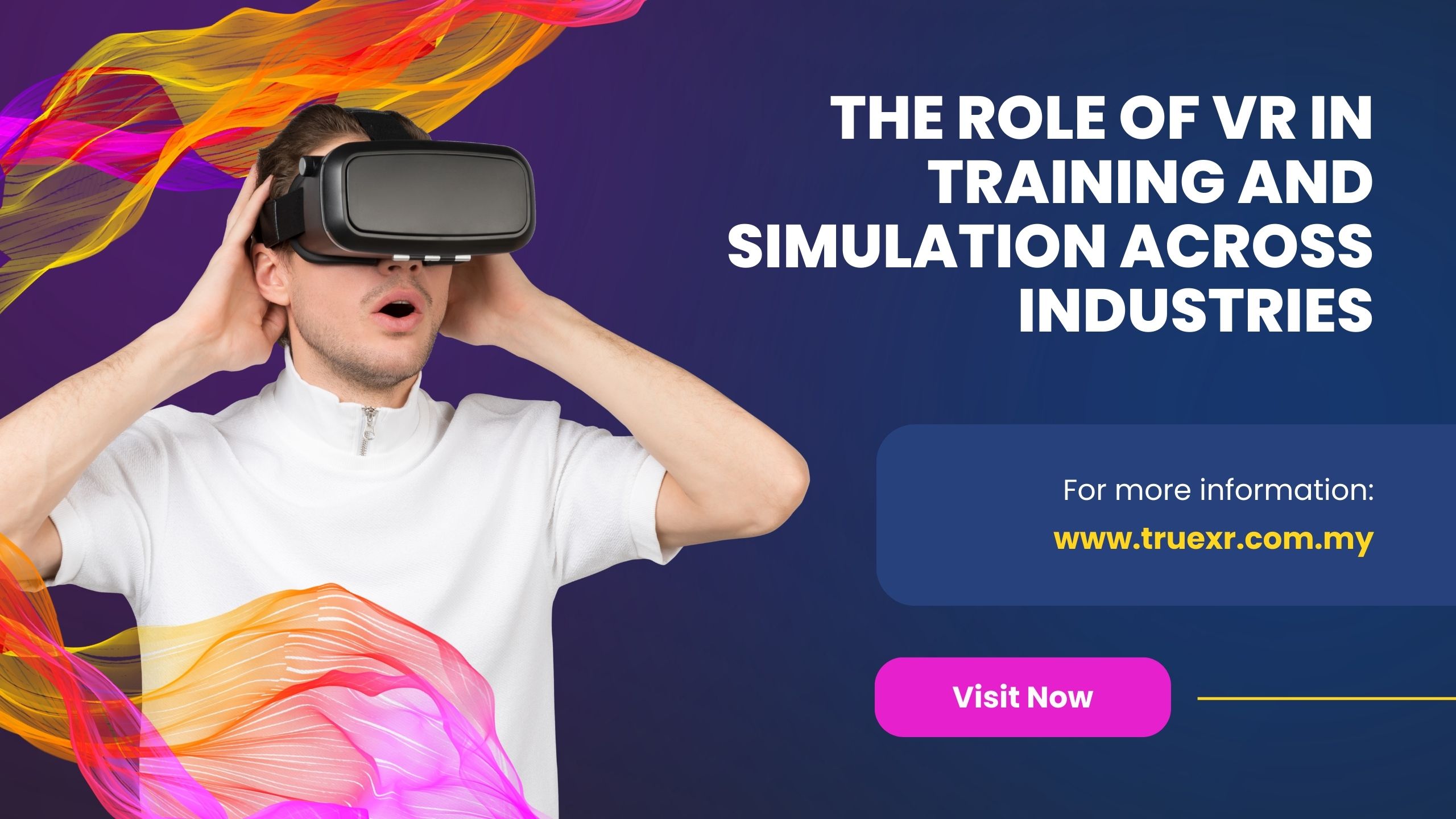
Virtual Reality (VR) technology has evolved significantly over the past decade, moving beyond the realms of gaming and entertainment into diverse industries where it is being used for training and simulation. This immersive technology is revolutionizing the way companies train their employees, providing realistic and risk-free environments for learning complex tasks and procedures. In this blog, we will explore how VR is transforming training and simulation across various sectors, including healthcare, aviation, manufacturing, and the military.
Healthcare
In the healthcare industry, VR is being used to train medical professionals in a variety of scenarios. Surgeons, for example, can practice complex procedures in a virtual environment before performing them on real patients. This not only enhances their skills but also reduces the risk of errors during actual surgeries. VR simulations provide a detailed, 3D view of human anatomy, allowing medical students and professionals to interact with and manipulate organs and tissues in a way that traditional textbooks and cadavers cannot offer.
One notable application is the use of VR for trauma training. Emergency response teams can practice their responses to various emergency scenarios, such as car accidents or natural disasters, in a controlled virtual environment. This helps them to develop quick decision-making skills and learn how to handle high-pressure situations without putting real lives at risk.
Aviation
The aviation industry has long been a pioneer in using simulation for training purposes. Flight simulators have been used for decades to train pilots, but the advent of VR technology has taken this to a new level. Modern VR flight simulators provide a highly immersive experience, replicating the cockpit environment and flight conditions with astonishing accuracy.
Pilots can practice everything from routine takeoffs and landings to emergency procedures and instrument failures. VR training allows them to experience and react to scenarios that would be too dangerous to recreate in real life. Moreover, it is a cost-effective solution compared to traditional flight simulators, which are expensive to build and maintain.
Manufacturing
In the manufacturing sector, VR is being used to train workers on complex machinery and assembly line processes. Instead of learning on the actual equipment, which can be dangerous and disruptive to operations, employees can train in a virtual environment. This not only enhances their understanding of the machinery but also improves their efficiency and safety.
For instance, VR can simulate the entire assembly process of a product, allowing workers to practice each step until they achieve proficiency. This reduces the likelihood of errors and accidents when they transition to the real assembly line. Additionally, VR can be used for maintenance training, helping workers learn how to diagnose and repair equipment without the risk of damaging expensive machinery.
Benefits of VR in Training and Simulation
- Safety: One of the most significant advantages of VR training is the ability to simulate dangerous situations without any risk to the trainees. This is particularly important in industries such as healthcare, aviation, and the military, where mistakes can have severe consequences.
- Cost-Effectiveness: VR training can be more cost-effective than traditional methods. For example, VR flight simulators are cheaper to operate and maintain than physical simulators, and VR manufacturing training reduces the need for downtime on actual production lines.
- Realism and Immersion: VR provides a level of realism and immersion that other training methods cannot match. Trainees can interact with their virtual environment in a way that closely mimics real-life experiences, leading to better retention of knowledge and skills.
- Repeatability: VR allows trainees to practice scenarios multiple times until they achieve proficiency. This repeatability is crucial for mastering complex tasks and procedures.
- Accessibility: VR training can be conducted anywhere, making it accessible to trainees regardless of their location. This is particularly beneficial for remote or distributed teams.
Challenges and Future Directions
Despite its many advantages, VR training also faces some challenges. The initial cost of VR equipment and software can be high, although these costs are decreasing over time. Additionally, creating high-quality VR content requires significant time and expertise.
Looking to the future, advancements in Virtual technology Hong Kong, such as improved graphics, haptic feedback, and more intuitive user interfaces, will continue to enhance its effectiveness for training and simulation. As these technologies evolve, we can expect VR to play an even more integral role in training across a broader range of industries.
Conclusion
Virtual Reality is transforming training and simulation across various industries by providing safe, cost-effective, and highly immersive learning environments. From healthcare and aviation to manufacturing and the military, VR is enabling professionals to hone their skills, improve their performance, and prepare for real-world challenges like never before. As VR technology continues to advance, its impact on training and simulation is likely to grow, offering even more innovative and effective solutions for professional development.



